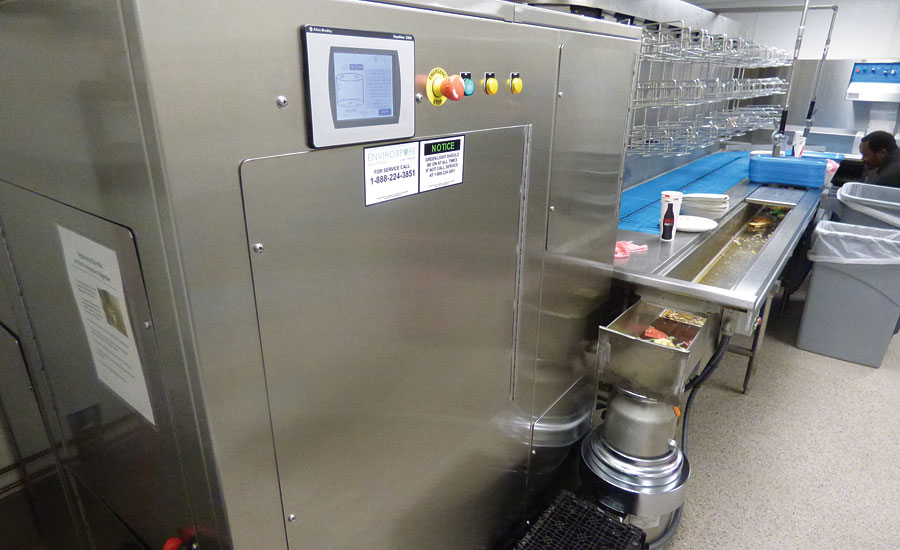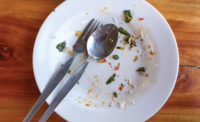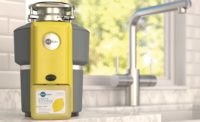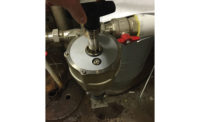Chicago’s Shedd Aquarium is a landmark destination for both local residents and out-of-town visitors to the Windy City.
The Shedd, as it is affectionately known, opened in 1930 and covers five acres along Lake Shore Drive in the heart of downtown Chicago. There are more than 1,500 different species in eight primary exhibit areas which can house more individual habitats or exhibits.
The aquarium reports two million people enter its doors a year, ranging from 2,500 to 13,000 per day depending on the season. Those visitors will enjoy a variety of food and drinks at the Shedd’s two operational restaurants – Soundings and Bubble Net. There also are self-contained kitchens where the animals’ food is prepared, as well as staff lounges.
The massive amount of food waste has to be handled and after a July 2014 audit the Shedd learned the facilities’ biggest containment was far and away food.
“This was not entirely a surprise and we decided it was something we needed to address,” said Susan Barton, Shedd Aquarium’s director of facilities.
On the recommendation of a now former Shedd chef who worked with the product while at the Hyatt Hotel O’Hare, the Shedd selected T&S Brass’ EnviroPure organic food-waste disposal system.
“After a site visit to see it for ourselves and several meetings with the EnviroPure staff, we made the decision to invest in one of their machines,” Barton said.
A Model EFW-360i was installed in December 2014 for the Bubble Net kitchen. The system is conveniently located behind the conveyor belt which carries dirty trays and dishes into the kitchen. A continuous stream of water flows when the conveyor belt is in operation. The water pushes the food waste to a disposal drain that first feeds into an InSinkErator grinder and then to a stainless-steel digestion chamber at the end of the food trough.
The EnviroPure system primarily is used for pre-consumption food waste generated during the preparation of restaurant meals. Additionally, it is used to digest waste from the Shedd’s animal meals, as well as from lab dissection classes the facility conducts for children.
“We only have the one machine for now,” Barton says. “We’ll see how it goes and maybe add another at some point.”
Prep Chef Marco Marroquim is a fan of the EnviroPure system. “Before this system was installed, we used to take food waste to the outdoor compost bins. Getting it outside required using a huge and heavy container with wheels, and lifting it to empty the contents. This is much easier.”
Other staff members are sold on the system as well. Shedd workers appreciate that they can immediately get rid of food waste rather than having to take it to a separate location. Staff members say the system has no problem keeping up with the volume of waste generated, and the only routine maintenance required is the addition each month of a unit of BioMix, a proprietary vitamin-based additive that facilitates the digester’s ability to turn food waste into graywater within 24 hours.
“Installing the EnviroPure system has required some retraining and we’re not using the digester to its full potential yet, but we’re getting there,” Barton said. “After seeing the results from the waste audit our plan is to focus more attention on reducing food waste. The audit made it very clear that by adding food waste to the digester instead of to the compactor, our stats would improve tremendously. In general, we are currently at a 30-35% overall diversion rate. Our stretch goal is to be at 90% by 2018.”
This article was originally titled “Taking action” in the September 2015 print edition of PM Engineer.




